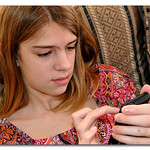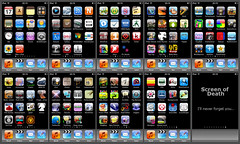The general thrust of education these days is on student-centred learning. This is often expressed by depicting on the teacher’s role as being the guide on the side rather than the sage on the stage. Regardless of whether you agree that that’s how things should be (and as it happens I don’t!), the often-stated philosophy these days is that students know best.
But does stating that philosophy mean that it is observed in practice?
Read More


















